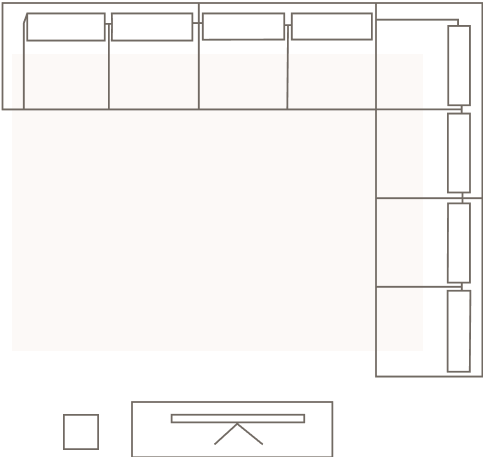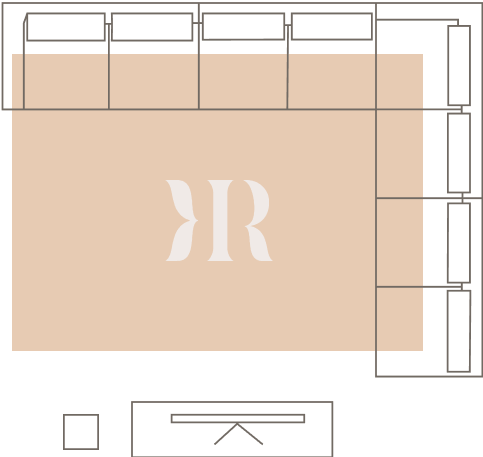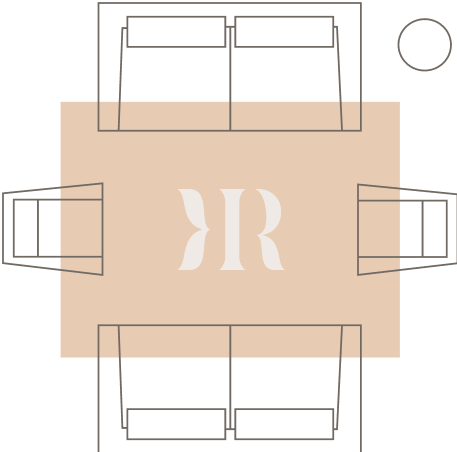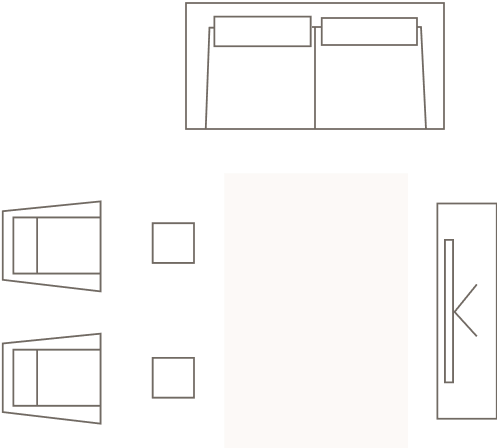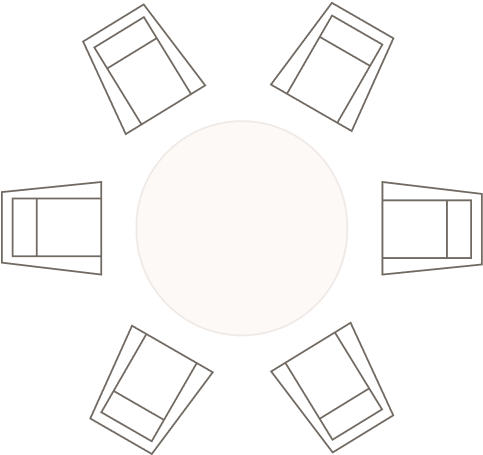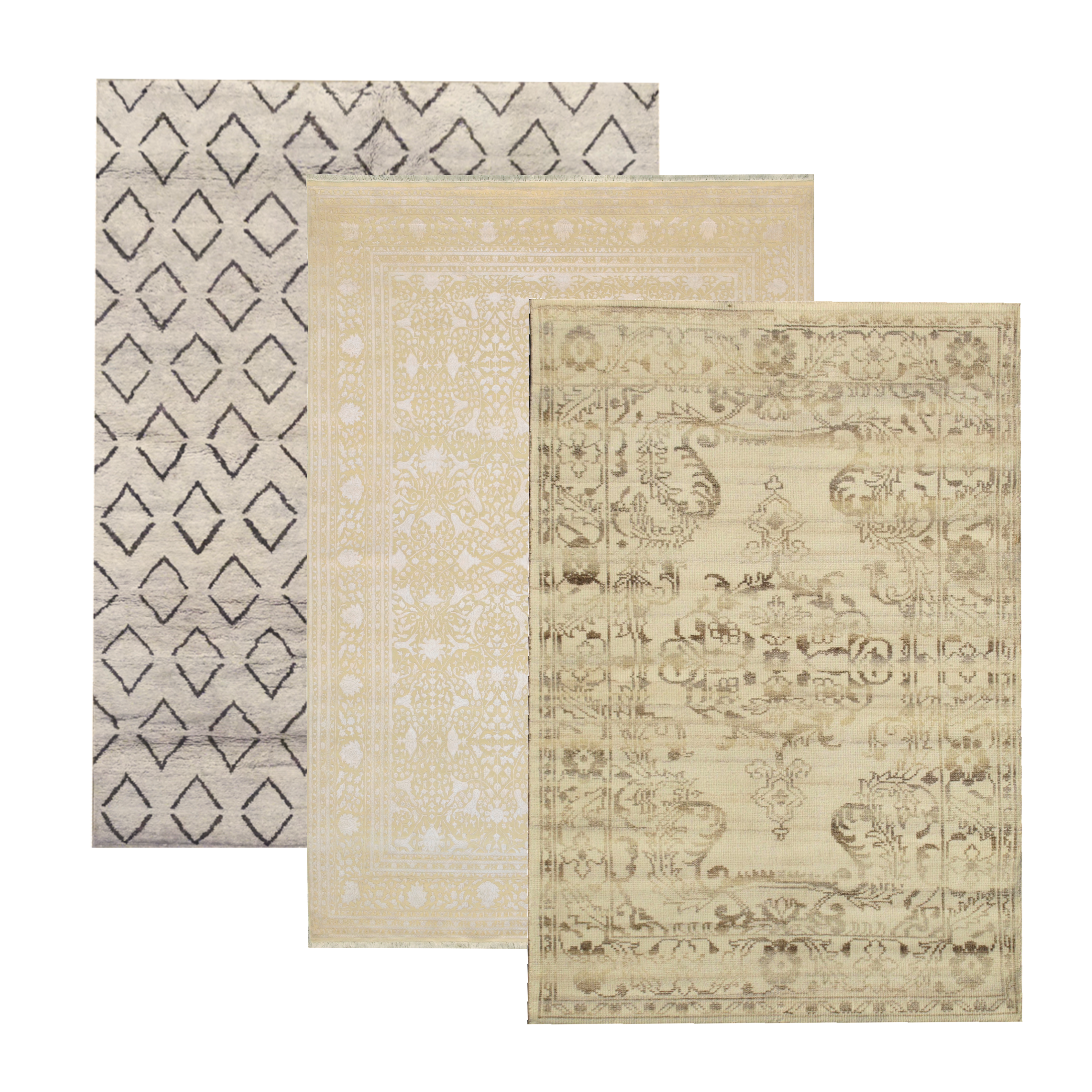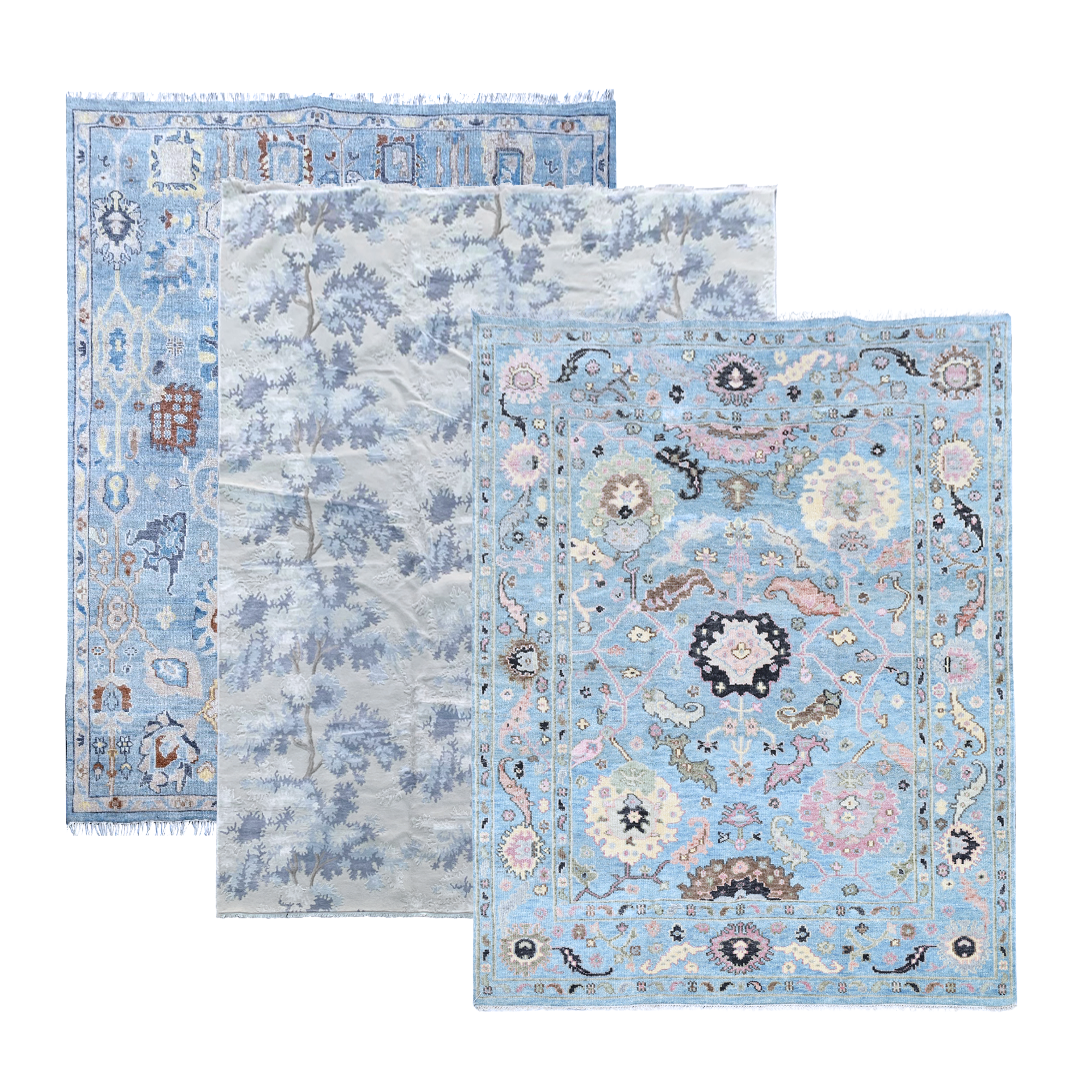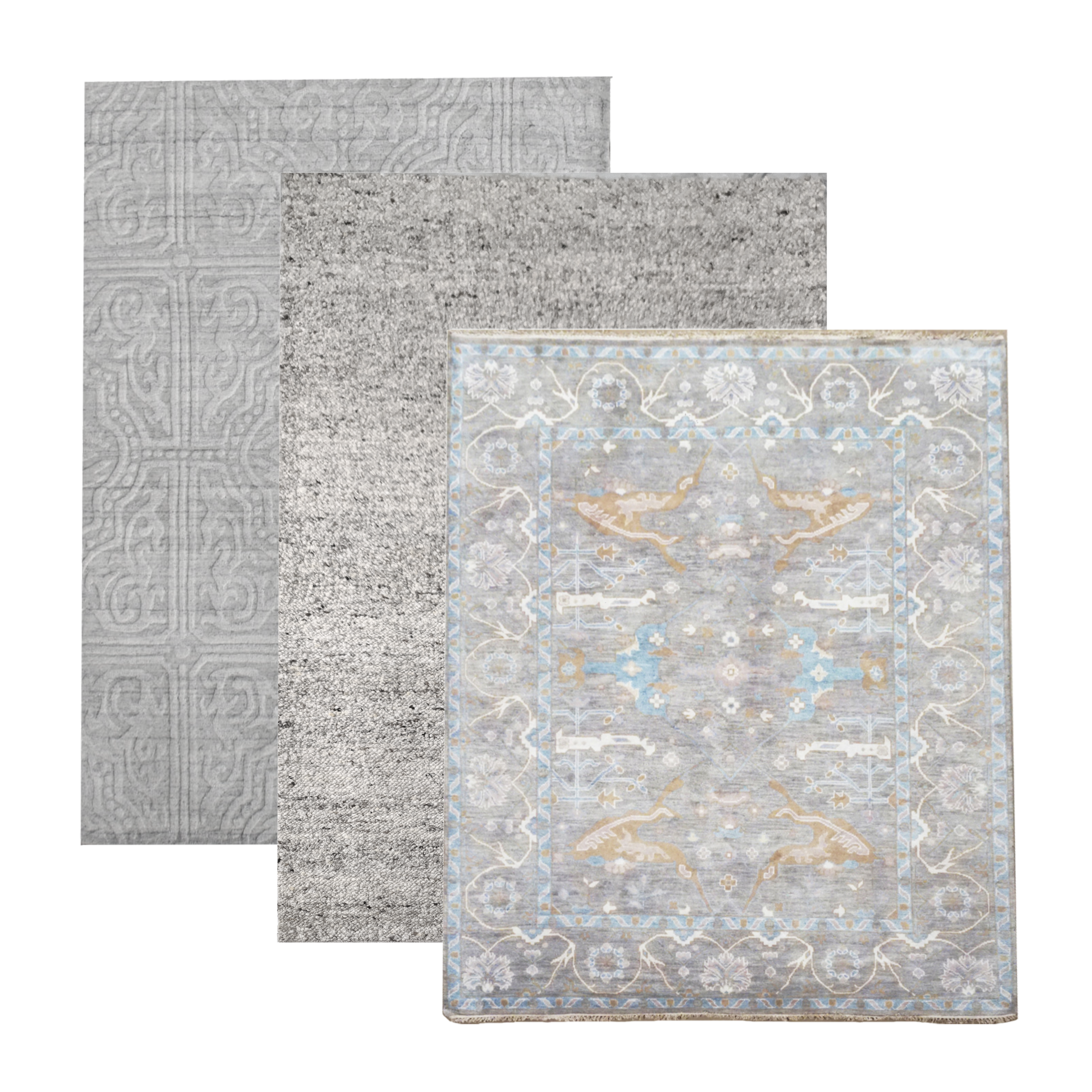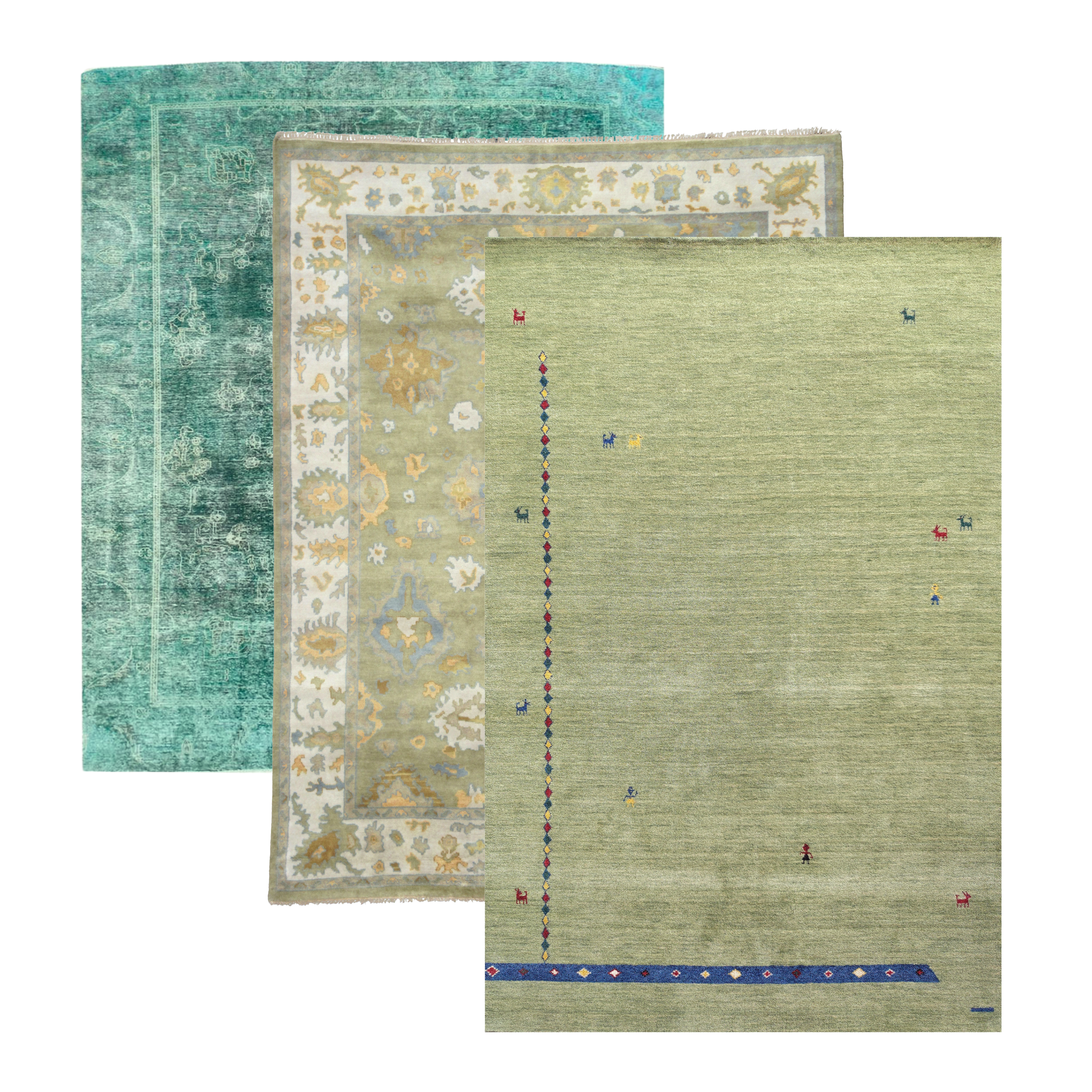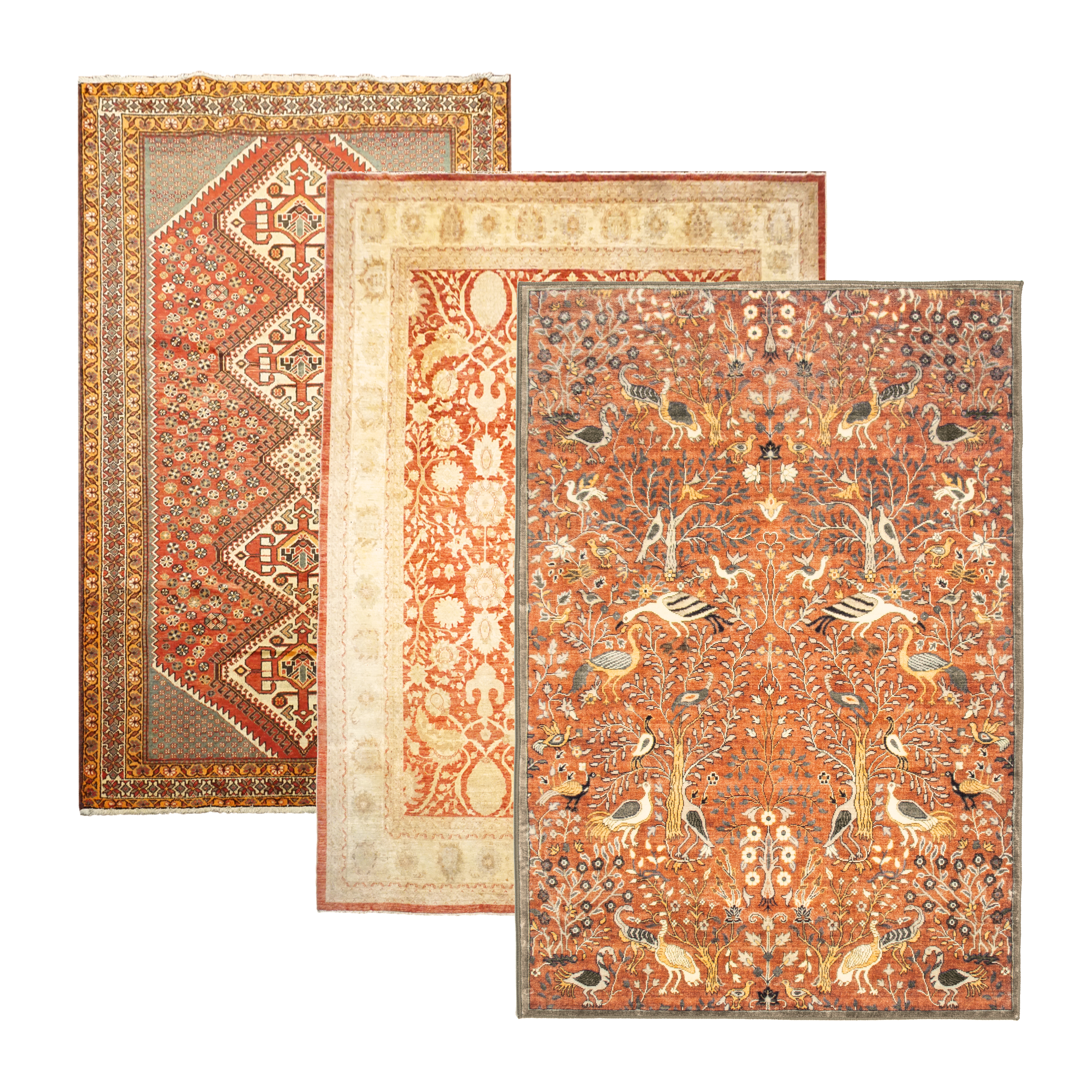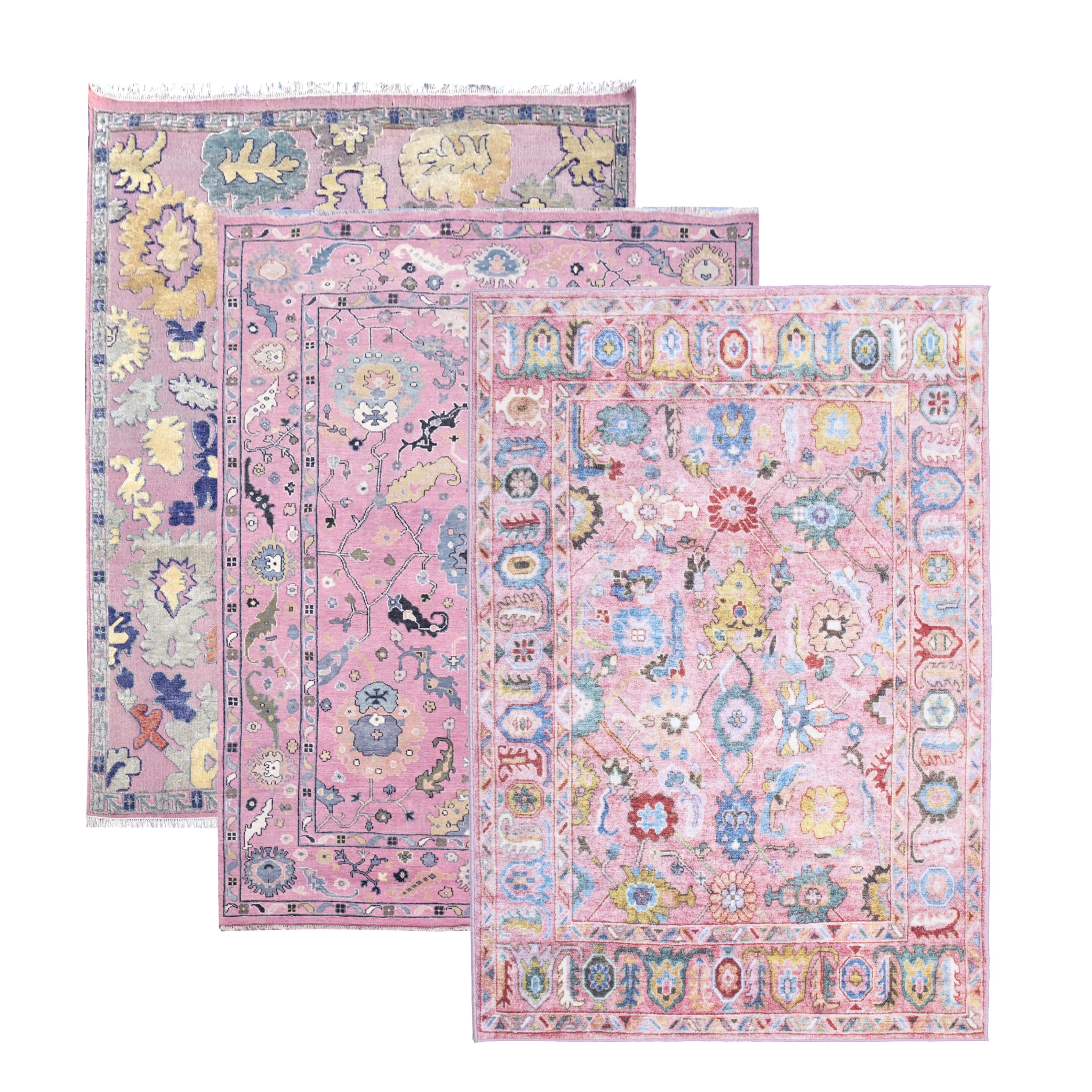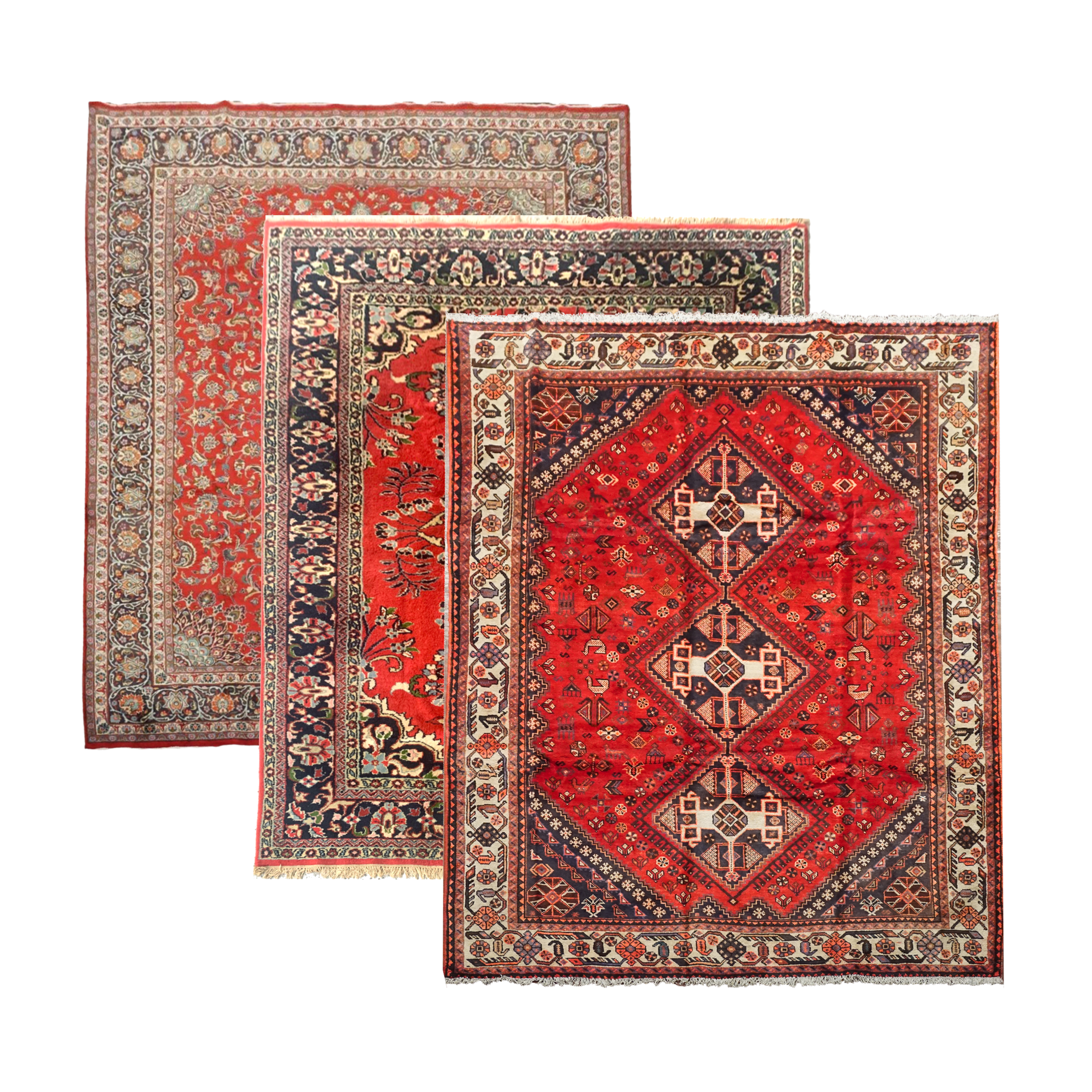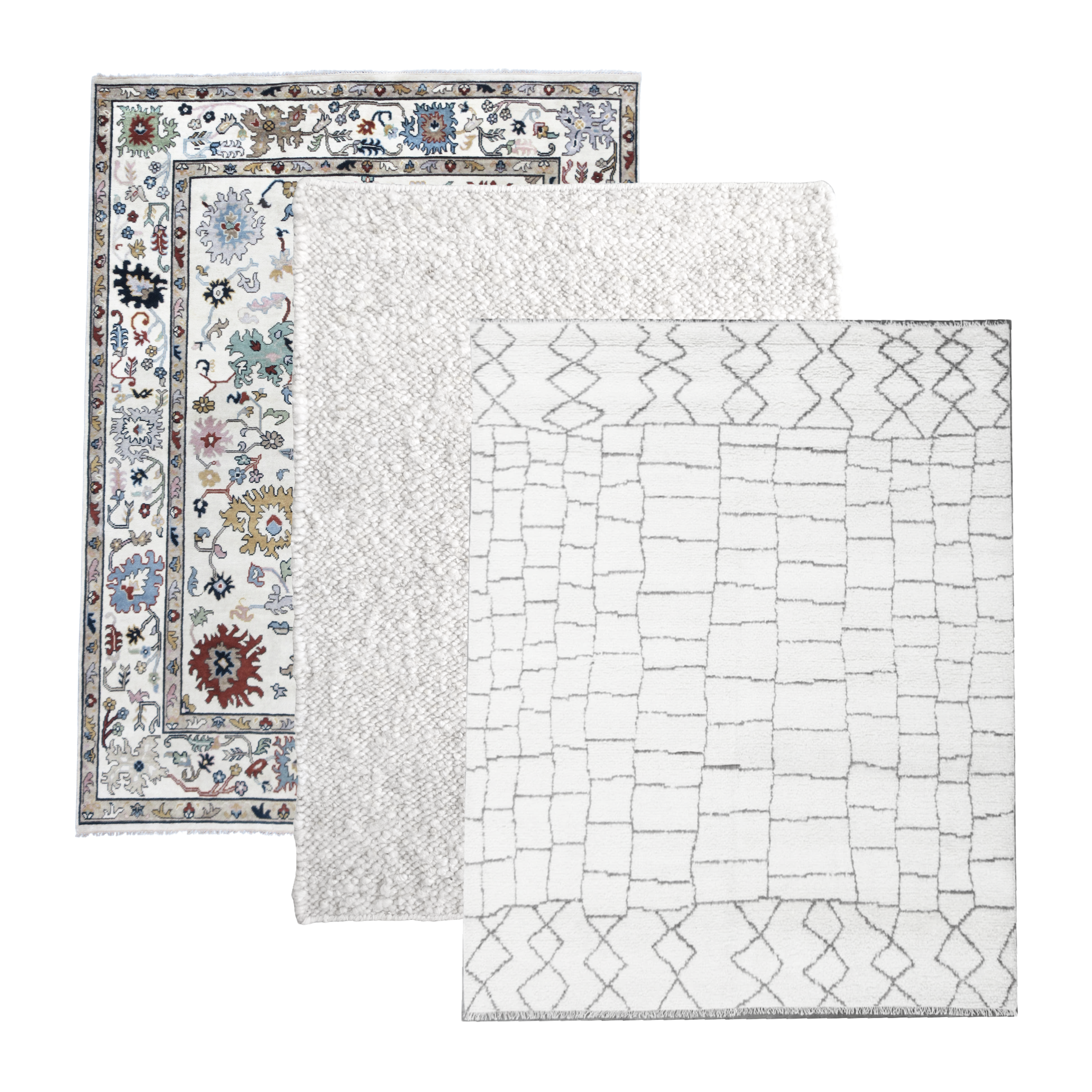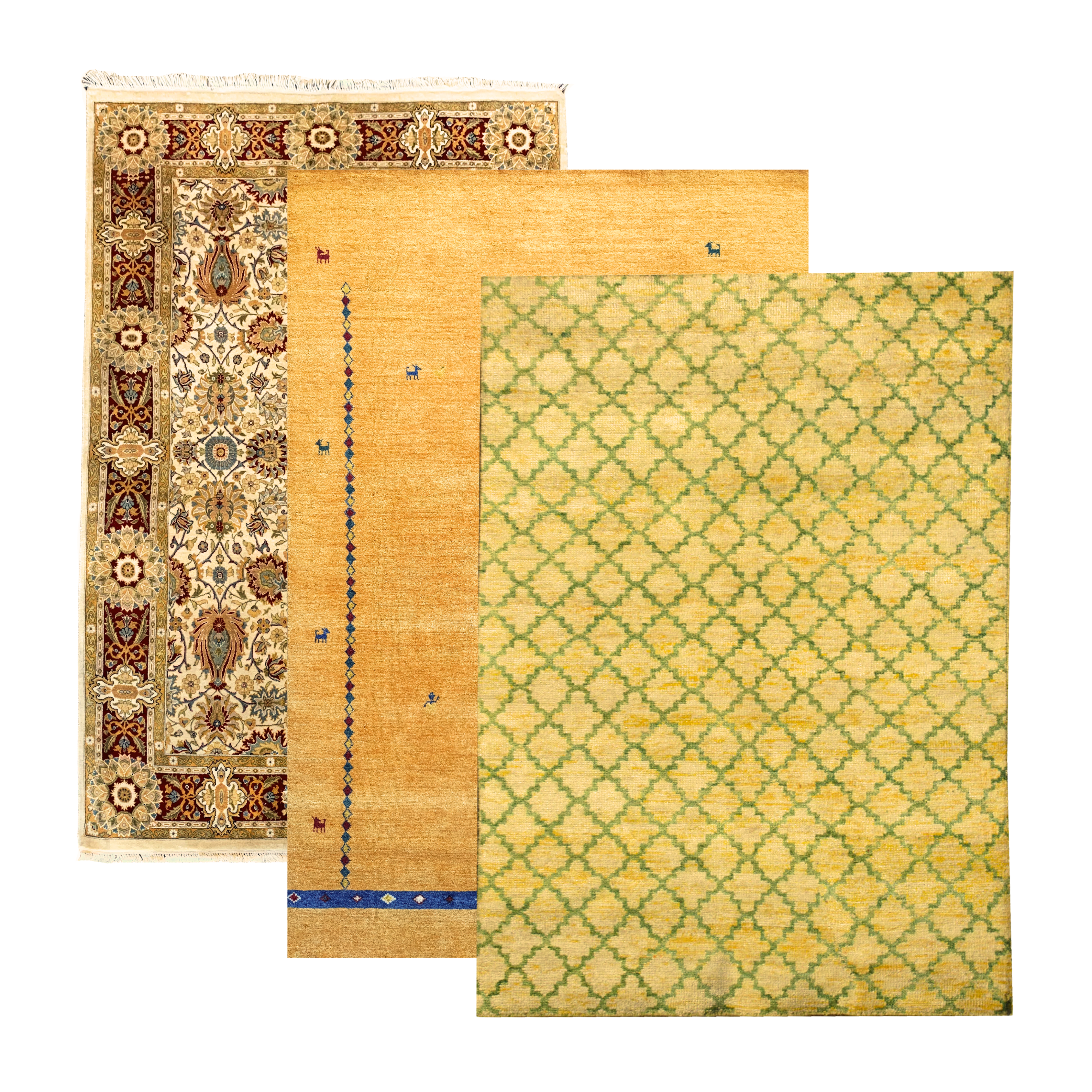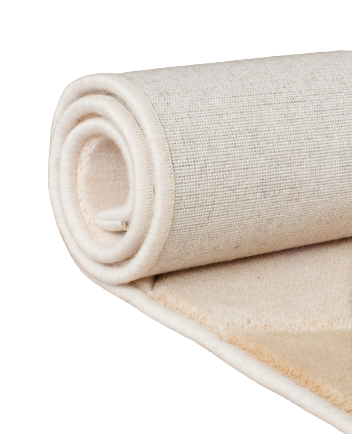The Woven Narratives: Unraveling the Story of Gabbeh Rugs
When it comes to fine handmade carpets, the sheer diversity of styles and traditions across the world is astonishing. Yet, one type stands out for its distinctive style and rich cultural heritage: the Gabbeh rug. Let's unravel the tapestry of Gabbeh rugs, showcasing their origins, significance, and intricate craftsmanship.
Origin and History
Gabbeh (pronounced as gava in Farsi), meaning "raw", "natural", or "unclipped", are a type of Persian rug traditionally made by the nomadic Qashqai tribes living in the Zagros Mountains of Iran. These tribespeople are renowned for their skills in weaving and their deep connection to the land, which both significantly reflect in their creations.
Gabbeh rugs have a history that spans centuries, with the earliest evidence of their existence dating back to the 16th century. However, they only gained international recognition during the late 20th century when collectors and rug enthusiasts began to appreciate their unique style, rich symbolism, and the traditional weaving techniques used.
Design and Craftsmanship
Gabbeh rugs are unique in their design. They often feature bold, abstract designs with large fields of color and playful geometric figures. Unlike other Persian rugs, which may have sophisticated floral and arabesque patterns, Gabbeh designs are minimalist and naïve, capturing the rustic spirit of nomadic life.
The weave of a Gabbeh rug is usually coarse, which adds to its durability. Made with high-quality wool—often from the weaver's own sheep—Gabbeh rugs are known for their plushness, resilience, and exceptional quality. Their natural dyes produce vibrant colors that not only make each rug visually striking but also ensure that the colors remain bright and fast for many years.
Symbolism and Storytelling
Gabbeh rugs are more than just decorative pieces; they're mediums for storytelling, imbued with symbolism and narrative. Each rug is an artistic expression of the weaver's life and experiences—capturing moments of joy, sorrow, love, or even day-to-day activities.
For instance, a simple rectangle might symbolize a pond or a lozenge might signify a charm against the evil eye. Human or animal figures often depict members of the tribe or important events. The use of a particular color can carry significance too. For example, blue represents sorrow, while red stands for happiness and joy.

Gabbeh Rugs Today
Today, Gabbeh rugs are celebrated worldwide for their cultural significance, artistry, and quality. While traditional Gabbeh rugs are still produced by Qashqai tribespeople, commercial versions are also available, often woven in cities like Shiraz and Isfahan, maintaining the Gabbeh aesthetic while incorporating more sophisticated design elements.
The production of Gabbeh provide a sustainable livelihood for the weavers, preserving their ancient craft and helping to maintain their nomadic lifestyle. Many ethical traders and organizations ensure fair trade practices, providing the weavers with a just income for their skill and labor.
Gabbeh rugs, encapsulating history, art, and storytelling, offer a unique allure. With vibrant colors and intricate narratives woven into their fabric, these rugs enrich any space they adorn. Every element in a Gabbeh rug shares a part of the nomadic tribe's life, inviting us to appreciate not just its beauty, but also the cultural richness it represents. Care for these rugs with respect and they will retain their enchanting charm for generations.
Become a part of the tradition and story, Click Here to view our Gabbeh Collection!


